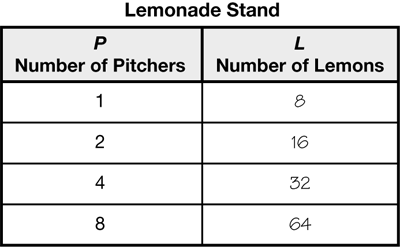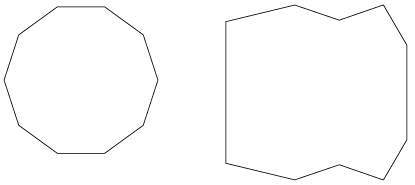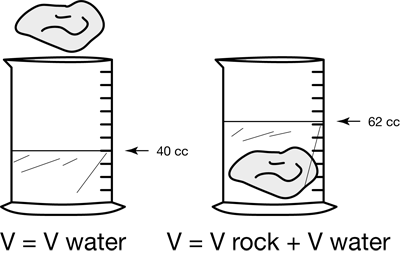D
data table
A tool used to keep track of information or variables.

pages 2, 4, 5, 9, 10, 12, 22, 114, 211–212, 283, 297, 354, 359–361
decagon
A polygon with ten sides.

decimal
A number written using the base-ten place value system and containing a decimal point.
(See also decimal fraction.)
decimal fraction
A fraction written as a decimal. For example, 0.75 and 0.4 are decimal fractions and 

(See also fraction and common fraction.)
denominator
The number below the line in a fraction. The denominator tells how many equal pieces the whole is divided into. For example, 4 is the denominator in the fraction 
(See also numerator.)

pages 258, 261–263
density
The ratio of an object's mass to its volume.
dependent variable
The variable whose value results from the experiment. Experimenters find the values of the dependent variable by doing the experiment. The dependent variable is often called the responding variable.
difference
The answer to a subtraction problem.
pages 46, 166
digit
The whole numbers from 0 to 9.
pages 84, 130, 133–134, 142, 161, 239
displacement
A way of measuring the volume of an object by measuring the amount of water (or some other fluid) it displaces.

pages 408–410
dissection
Cutting or decomposing a geometric shape into smaller shapes that cover it exactly.

distributive property
The distributive property says you can multiply by a sum by multiplying by each addend separately and then adding the products together. For example, to solve 5 × 8 you can partition the 8 into 6 + 2. 5 × 6 + 5 × 2 = 30 + 10 or 40.
division
The operation of making equal groups. For example, there are 3 groups of 5 in 15.
pages 66–68, 207–209, 289, 373–376










